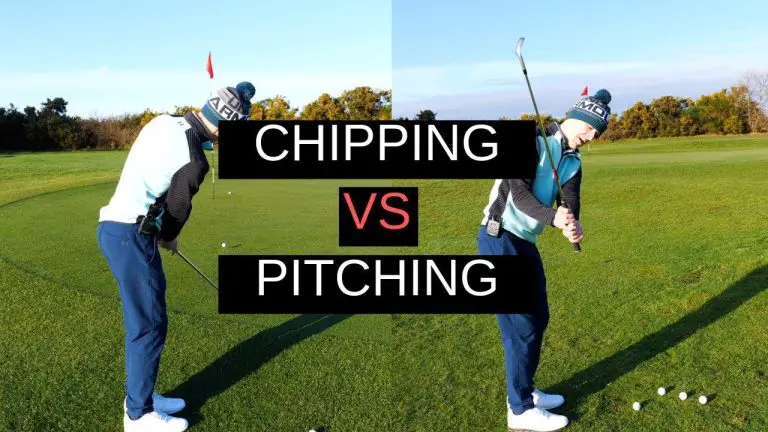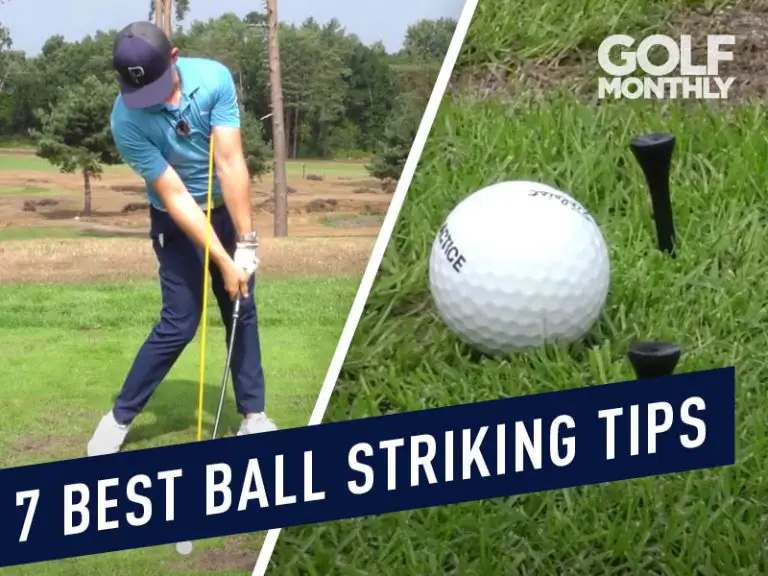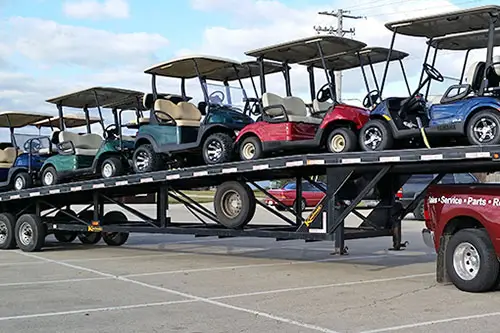How Long Do Golf Balls Last
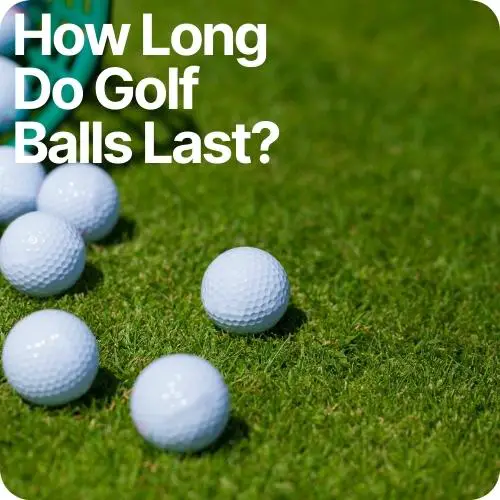
Golf balls are the small but mighty objects that play a crucial role in the game of golf. They are subject to powerful swings, soar through the air, and endure the impact of clubface contact. But have you ever wondered how long these resilient spheres last before they need to be replaced? In this article, we will dive into the fascinating topic of golf ball lifespan.
Understanding the longevity of golf balls is essential for golfers who want to optimize their performance and make informed decisions about their equipment. The lifespan of a golf ball can be influenced by various factors, including material quality, environmental conditions, and usage patterns.
By exploring these factors, we will uncover the secrets behind the durability of golf balls. We will examine the impact of the materials used in their construction, such as the core and cover, on their ability to withstand the forces exerted during play. We will also delve into the effects of environmental factors like sunlight, heat, humidity, and moisture on their lifespan.
Furthermore, we will explore how usage patterns, including frequency of play and the quality of shots, can affect the wear and tear on golf balls. By understanding these factors, golfers can gain insights into when it may be time to replace their golf balls to maintain optimal performance on the course.
Join us as we embark on a journey to unravel the mysteries surrounding the lifespan of golf balls. Discover practical tips and insights that will help you make the most of your golf balls and enhance your game. Whether you’re a seasoned golfer or just starting your golfing journey, understanding how long golf balls last is an important aspect of playing the game with confidence and precision.
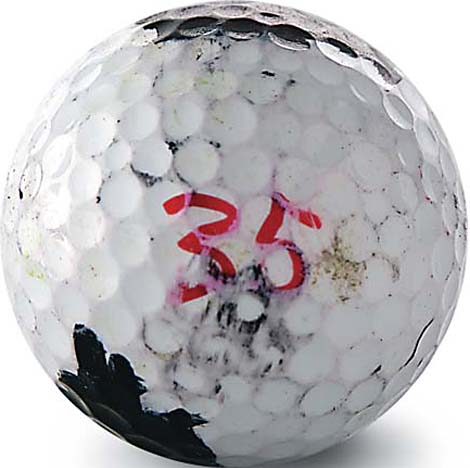
Factors Affecting the Lifespan of Golf Balls
Various factors influence how long golf balls last. Two significant factors are the material quality of the ball and the environmental conditions in which it is used. Let’s explore each of these factors in detail.
Material Quality and Durability of Golf Balls
The construction and materials used in golf balls play a vital role in their durability. Golf balls can have different core constructions and cover materials, impacting their longevity.
Solid core golf balls, typically made from materials like synthetic rubber or resin, offer durability and resilience. They can withstand high impact forces and maintain their performance over time. On the other hand, multilayer golf balls, which have multiple layers designed for specific performance attributes, may have a shorter lifespan due to the complexity of their construction.
The cover material of a golf ball also affects its durability. Surlyn covers are known for their durability and resistance to scuffs and scratches, making them ideal for golfers who prioritize durability. Urethane covers, while providing excellent spin and control, may be more prone to wear and require more frequent replacement.
Understanding the material quality and durability of golf balls can help golfers choose the right ball for their needs and expectations.
Environmental Conditions and Golf Ball Lifespan
The environment in which golf balls are used can significantly impact their lifespan. Exposure to sunlight, heat, humidity, and moisture can affect the performance and durability of golf balls.
Excessive exposure to sunlight and high temperatures can cause the materials in golf balls to deteriorate more rapidly. UV rays can degrade the cover materials, resulting in decreased durability and performance. Similarly, high humidity and moisture can affect the integrity of the ball’s construction, leading to a shorter lifespan.
It’s important to consider the environmental conditions when storing and using golf balls to ensure their longevity.
Usage Patterns and Golf Ball Longevity
The frequency of use and the impact forces golf balls endure during play also contribute to their lifespan. Let’s explore how these usage patterns affect golf ball longevity.
Frequent use of golf balls, particularly during practice sessions and regular play, can lead to wear and tear over time. The more shots a ball experiences, the greater the chance of surface damage and dimple wear, which can impact its performance.
Additionally, the quality of shots and impact forces play a role in golf ball longevity. Golfers with high swing speeds and more aggressive swings may subject their balls to greater stress, resulting in potential damage and shorter lifespans. Conversely, golfers with slower swing speeds and smoother swings may experience less wear on their balls.
It’s essential to consider one’s playing frequency, shot quality, and swing characteristics when assessing the lifespan of golf balls.
Signs of Wear and Replacement Guidelines
As golf balls age and accumulate use, certain signs indicate that they may need to be replaced. Recognizing these signs can help golfers maintain optimal performance on the course.
Surface damage, such as cuts, scuffs, and abrasions, can affect the aerodynamics and trajectory of golf balls. Excessive wear on the ball’s cover, particularly in the dimple pattern, can also impact its ability to generate lift and spin. If golf balls consistently exhibit signs of wear, it may be time to consider replacing them.
Another indicator of diminishing performance is a loss of distance. Over time, golf balls may lose their elasticity and compression, resulting in reduced distance off the tee and less control around the greens. If you find that your shots are consistently shorter than usual or lacking the desired spin, it might be a good idea to replace your golf balls.
Inconsistent performance is another sign that your golf balls may have reached the end of their lifespan. If you notice a significant variation in the flight characteristics or feel of your shots, it could be due to the wear and tear on the balls. Consistency is key in golf, so replacing worn-out balls can help you maintain reliable performance.
It’s important to note that there is no set timeframe for when golf balls should be replaced. The lifespan of a golf ball can vary depending on factors like the quality of the ball, the frequency of use, and the conditions it’s exposed to. Some golfers may replace their balls after a few rounds, while others may continue using them for a longer duration. Ultimately, it comes down to personal preference and the desired level of performance.
To determine if your golf balls need replacement, it’s a good practice to regularly inspect them for signs of wear and assess their performance during play. Pay attention to any noticeable changes in distance, control, or consistency. If you’re in doubt, it’s better to err on the side of caution and replace the balls to ensure optimal performance on the course.
Extending the Lifespan of Golf Balls
While golf balls will inevitably wear out with use, there are steps you can take to prolong their lifespan and get the most out of them. Here are some practical tips to help extend the durability of your golf balls:
- Proper storage: Store your golf balls in a cool, dry place to minimize exposure to extreme temperatures and moisture. Avoid leaving them in the trunk of your car or in direct sunlight, as these conditions can accelerate wear and deterioration.
- Cleaning techniques: Regularly clean your golf balls to remove dirt, grass stains, and debris that can affect their performance. Use warm water, mild soap, and a soft brush to gently clean the surface. Avoid using harsh chemicals or abrasive materials that could damage the cover.
- Rotate your golf balls: Instead of using the same golf ball for every shot, consider rotating multiple balls during your round. This allows each ball to rest between shots, reducing the stress and wear on a single ball.
- Avoid hazards: While it may seem obvious, avoiding hazards such as water, rocks, and trees can help preserve the integrity of your golf balls. Hitting shots that avoid potential hazards can prevent unnecessary damage and prolong the lifespan of your balls.
By implementing these practices, you can extend the lifespan of your golf balls and maintain their performance for a longer period.
Conclusion
The lifespan of golf balls is influenced by various factors, including material quality, environmental conditions, and usage patterns. Understanding these factors can help golfers make informed decisions about when to replace their golf balls for optimal performance.
Regularly inspecting golf balls for signs of wear, assessing their performance, and considering factors like distance, consistency, and surface damage can guide you in determining if it’s time to replace them. By following proper storage practices, cleaning techniques, and avoiding unnecessary hazards, you can extend the lifespan of your golf balls and enjoy consistent performance on the course.
Remember, while golf balls do wear out over time, the right care and maintenance can help you get the most out of each ball, ensuring that you’re playing with equipment that enhances your game.

